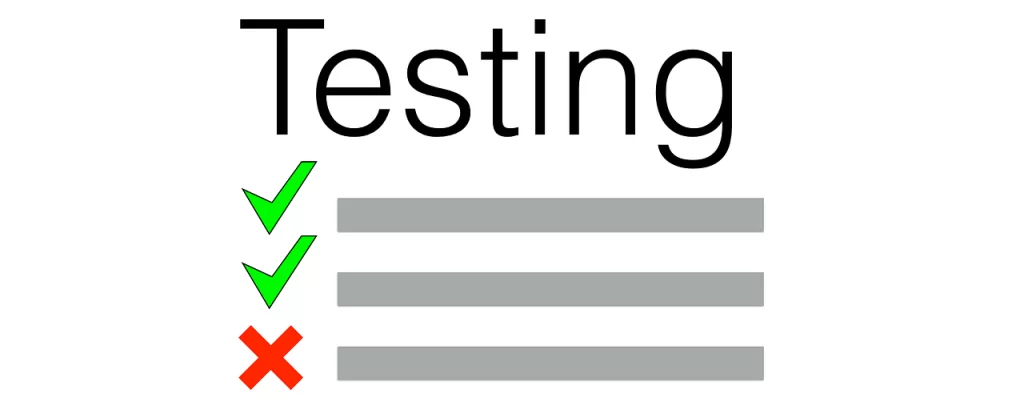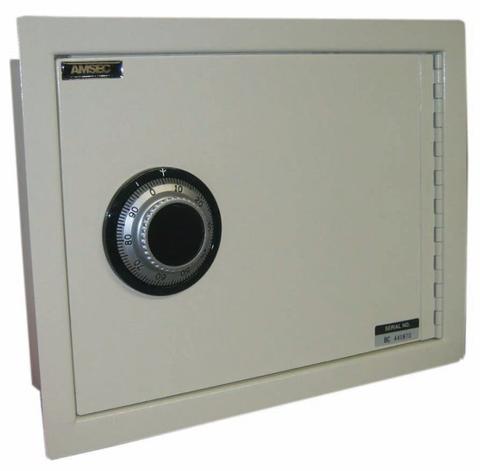Out of all of the security products we offer, safes have a special place due to their ability to secure our customers’ valuables. Safes create a valuable last line of defense against burglars on your property. They can also create security against fires and natural disasters as well. Moreover, they can even provide a safe storage space for weapons. Because of their versatility, safes often prove incredibly hard to shop for. The variety of prices and products, matched with confusing spec sheets and difficult-to-understand ratings, can make safe shopping feel like a jungle for new customers. In this post, we share our tips to help with finding the right safe for your application.
First, we’ll review the reasons that safe shopping proves so difficult for customers new to the market. Once we establish these dificulties, we’ll explain what some of these new phrases, ratings, and numbers mean. Once we understand why people get safes and how safe manufacturers cater their products, we’ll move on to product selection. Specifically, we’ll want to identify the threats that scare you most before you select the proper safe. Perhaps more than any other factor, this will determine the type and price point of safe you end up selecting. Finally, we’ll also look at safe type and sizing based on the valuables you intend on keeping inside. Now, let’s get started with an overview of the potential difficulties of purchasing a new safe.
The Difficulties Behind Safe Shopping
As with many security-related products, diving into the world of safes can prove daunting. Customers often find similar-looking products set at much different price points. Morever, they also get met with a slew of acronyms and safes designed for a variety of purposes. Many people enter their safe-shopping expedition thinking that they will simply choose a safe that’s the right size and shape and go on their way. After all, isn’t a safe basically just a really strong, heavy box to store your valuables in? However, they quickly learn the error of this thinking after discussing their options with a security company such as ourselves. For this reason, we’ll spend the rest of this post explaining the different variables that make safe shopping so difficult. Since the ratings thrown around by industry insiders add perhaps the most confusion, we’ll start by explaining those.

Parrt of the confusion surrounding safe shopping lies in the various tests and ratings safes receive from outside sources.
Understanding the Industry Rating Systems
The rating systems used in the safe industry indicate a couple different things. First, they often point to specific construction criteria. Secondly, they also indicate the passing of specific tests done either by the safe manufacturer or an outside testing agency such as Underwriter’s Laboratory (or “UL”) or Intertek Testing Services (confusingly known as “ETL” because of their former identity as “Edison Testing Laboratories”).
Starting with one of the most basic safe ratings, you’ll often see products listed as “B” rated safes. This indicates a safe that has a door less than 1″ thick and a body less than half an inch thick. Inversely, “C”-rated safes have doors and walls whose thickness exceeds these two thresholds. As safe quality gets higher, other ratings come into play.
Safes designed to stop blunt force attacks often receive a “TL” rating. This indicates that these safes meet specific construction standards, such either having as a 750-lb. minimum weight or the instructions for mounting the safe in either a larger safe or concrete bricks. Additionally, safes with these ratings must also withstand attacks by tools for a specified amount of time — thus the “TL” in the rating name. A safe with a TL-15 rating must withstand attacks for 15 minutes, while a TL-30 safe must withstand the same for 30 minutes.
Finally, safes often come with fire ratings as well. Similarly to tool ratings, these ratings list the number of minutes that they will secure items inside from damage during a fire. For example, you can get safes with 30, 60, 90, and 120-minute ratings in this category. Sometimes, these ratings are “factory” ratings from the manufacturer. However, you can also purchase safes with UL or ETL ratings in as well. Now that you see why safe purchasing can drive casual consumers crazy, let’s go over the important decisions that lead to choosing the correct safe for you!
Identifying Your Biggest Threats
As you can see from the previous section, we can offer safes that secure you against various threats. For this reason, we always work with our customers to determine which threats may affect them most. For example, some customers simply want to make it impossible to walk away with their valuables. In this case, simply ordering the heaviest safe you can find gets the job done. For those afraid of burglary, the safes with the highest tool ratings would fit best. On the other hand, you’ve also seen that we can offer safes with security against fire as well. In the event that you want to secure your valuables against both of these threats, we offer that as well! However, as you can probably guess, fire and burglary-rated safes come with a premium price tag.

Wall safes, such as this model by AmSec, can help you both protect and hide your valuables.
Finally, we offer safes for more unique purposes as well. For example, if you want to use a safe to both hide your valuables and provide security against anyone who does find them, our wall safes can do just that! We install these safes on the studs of a wall, and then you can hang a mirror or picture in front of it to keep it out of sight. Some of our customers also install these safes in closets to hide them behind clothes. These types of safes come with a reasonable price tag and do a great job providing multiple layers of security for your valuables! Now, let’s see why planning what will go in your safe in advance is such an important part of finding the right safe.
Determining What Goes in Your Safe
When customers approach us to help them find a safe, we begin the process by determining a couple things. For starters, we want to know where their concerns lie. Walking through the options listed in the previous section can get us started off on the right foot. Moreover, we also want to know what customers wish to put in their safes. This can help us sort through several variables. For example, safes holding documents do not need to have the greatest heft. However, we can often order these safes with interior designs meant to help you organize the safe’s contents. Finally, some safes also come with very specific cargo in mind. For example, till safes and gun safes have very specific designs that work perfectly for people storing money and firearms, respectively. Once we know what threats you want to keep at bay and what goes in your safe, we’re well on our way to a successful safe purchase.
Putting it All Together and Finding the Right Safe for You
We hope that this post helps you with finding the right safe for your security needs! Furthermore, we also encourage you to contact us with any questions this post may raise for you. We will happily answer any security-related inquiries that you may have. Moreover, we also invite you to take advantage of our free site survey program. Our company gladly provides complimentary security audits and equipment quotes to both new and existing customers alike. This includes identifying where we can install a safe on your property, and how we’d go about making it happen! While on site, we can also address any additional security concerns you may have.
Perhaps you know a little bit about safes and may even have one or two yourself, and wish to add to your collection. Or, maybe you don’t have a safe at this point and want to purchase one that fits your security needs. Either way, we are happy to help! Together, we can help you find a safe that keeps your most valued possessions secure from the threats that you fear most.
